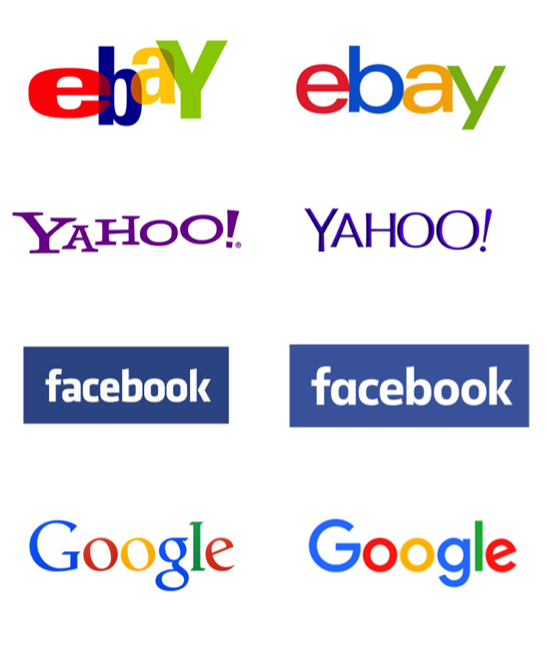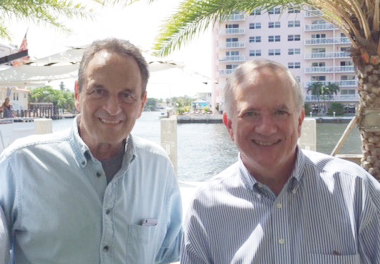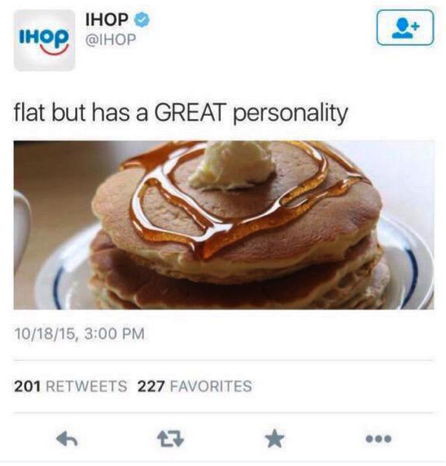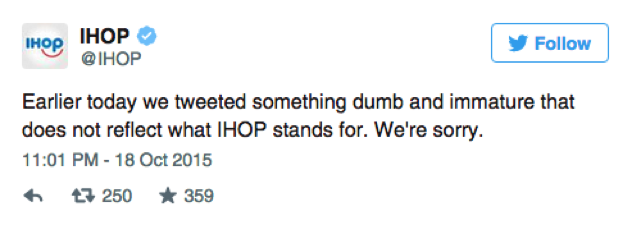As Partner of CoreBrand Analytics, Brad Puckey is charged with helping leading brands and organizations understand how their brand builds value. Having helped establish the CoreBrand® Index, a quantitative database based on continuous benchmark tracking of nearly 1,000 companies, we thought we’d delve into the Volkswagen brand and examine the forces and implications of “dieselgate,” the company’s latest crisis that could significantly tarnish its brand reputation, value and appeal in the minds of both consumers and investors.
Tenet, through its CoreBrand Index (CBI), has been measuring the strength and value of corporate brands since 1990. Providing prescriptive insights on brand performance, it is based on two critical dimensions that contribute to a company’s ability to drive long-term growth: Familiarity (brand awareness) and Favorability (measuring corporate reputation, perception of management, and investment potential). Turning to Tenet’s CBI data, what trends or general movement is revealed when looking at the Volkswagen brand before and after this event?
Volkswagen has had a very strong and relatively stable brand when compared to the 1,000 companies that we track. The company’s Familiarity score is around 90 out of 100 making them one of the most highly recognized brands in the world. Their Favorability has been hovering in the mid-70’s out of 100, indicating that they have been fairly well perceived.
With Familiarity that high, it means that Volkswagen will not be able to hide from this event. In a crisis, typically we see Familiarity increase as media attention grows and Favorability plummet as the perception is damaged. It remains to be seen how the three attributes we measure (Overall Reputation, Perception of Management and Investment Potential) will be impacted. Because there was condoned lying and cheating by management, Perception of Management will likely be driving the expected downward spiral. However, the company has also given away a significant portion of its market cap so the damage to Investment Potential may be significant as well. Investment Potential can recover relatively quickly if the company’s stock performance improves soon. The damage to Perception of Management is likely going to suffer in the long-term since they were knowledgeable about this and complicit beforehand.
The company said it would set aside $7.3 billion to cover the cost of repairing nearly 11 million vehicles impacted by the scandal, in addition to other efforts to win back the trust of customers. In your view, what steps should the company take to undo the damage it has done?
First of all, they need complete transparency and cannot try to cover their tracks or deflect blame. They have been caught red handed and now must fully commit themselves to do right. Any further lies or attempts to cover the truth will have a disastrous impact on the company’s already declining credibility.
They have to put their customers above all else. They need to quickly implement the recalls and fix any deficiencies in these vehicles. The customers don’t want to hear about it, they want action. A recall is an inconvenience to their customers and they have to act to minimize this inconvenience.
The problem that Volkswagen faces in restoring trust is that this was not an accident – it was intentional fraudulent activity meant to fool regulatory bodies. The knowingly installed so-called “defeat devices” to make their cars pass federal emissions tests. They will likely need the help and expertise of crisis communication consultants to help them convey appropriate messages moving forward, but even that may not be enough. We live in a society that will forgive accidental missteps. However, in this case, they devised a methodology to defeat the regulators. That is a tough, if not impossible fix.
In today’s data-driven business landscape, companies want greater transparency and a clear line of sight into what’s driving the value of their brand equity. Could you describe Tenet’s approach to Brand Equity Valuation? Is it possible that VW has already incurred a loss of brand value following this event?
Our valuation approach uses an explicit measure of the strength of the brand, BrandPower (Familiarity and Favorability), which has been consistently tracked across 1,000 companies since 1990 and is available quarterly. BrandPower is then one variable in a statistical model that identifies the brand’s contribution to market cap and the dollar value of the brand.
We have examined what this crisis has already meant to the brand and it is not good. In terms of brand valuation, the company’s brand was at its peak for 2015 in March at $11.2Bil. It was already headed downward and on September 18th was at $8.8Bil. By the close of the market on September 21st the brands’ value was down to $7.3Bil, and as mid-morning trading on the 22nd brand value continued to drop and was at $5.9Bil,a drop of $2.9Bil from Friday afternoon until mid-morning on Tuesday. This represents a loss of nearly 1/3 of the brands total value in just a day and a half. The financial damage already has been horrific.
When looking at other global brands that have faced a similar, large-scale crisis, both BP and Toyota come to mind. In what ways is this situation to Volkswagen unique and lessons can brands learn from their response and efforts to engage audiences?
Toyota followed this similar crisis pattern where Familiarity briefly was elevated by increased media attention and then returned to previous levels. Favorability though was damaged and continues to decay. The company once had exemplary brand scores with Familiarity above 90 and Favorability around 85, they were well known and highly regarded. Today, they are still widely known, but their sterling reputation has been tarnished. Favorability is just above 70, and continuing to decline across all three attributes. The best news for Toyota is that the rate of decline has slowed considerably so they might be nearing bottom. For them, the focus needs to be on rehabilitating their brand.
Similarly, BP followed the same crisis pattern as Toyota. Interestingly, BP retained its Familiarity gains which were modest, about 6-points. And while Favorability dropped even more than Toyota, from 83 to 67, BP has restored some of its lost Favorability and now resides just above 75. BP’s Favorability bottomed out at the end of 2011. Therefore indicating that their rapid response, community outreach and efforts to rehabilitate their image and be seen as doing right have kept this crisis somewhat contained and lessened what could have turned into an even bigger financial disaster for the company.
This is just the beginning of the crisis for VW. The company’s CEO, Martin Winterkorn, just announced that he would be stepping down, and I expect other management shuffles to take place as a result. While only days into this scandal, the $7.3Bil that they have set aside is about 11% of what the BP crisis cost the company. I believe by the time VW is hit with fines, penalties, lawsuits and who knows what next, this crisis will have caused more damage to the brand and will be even more expensive for them.




